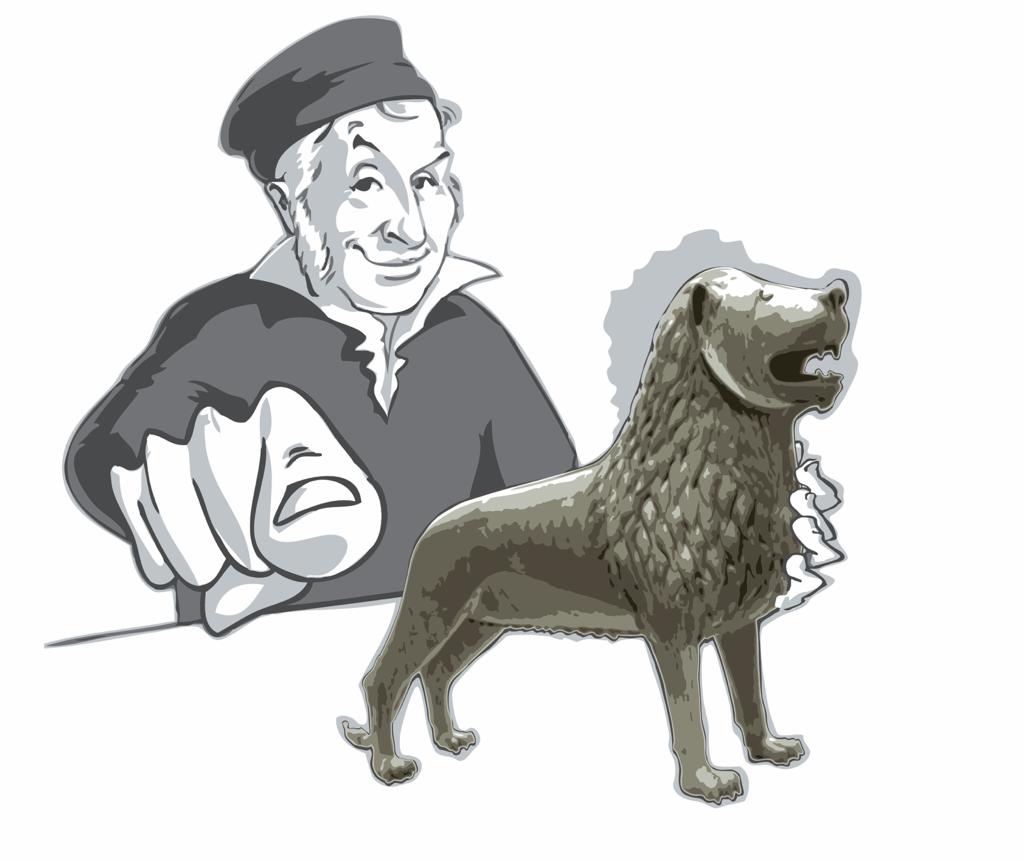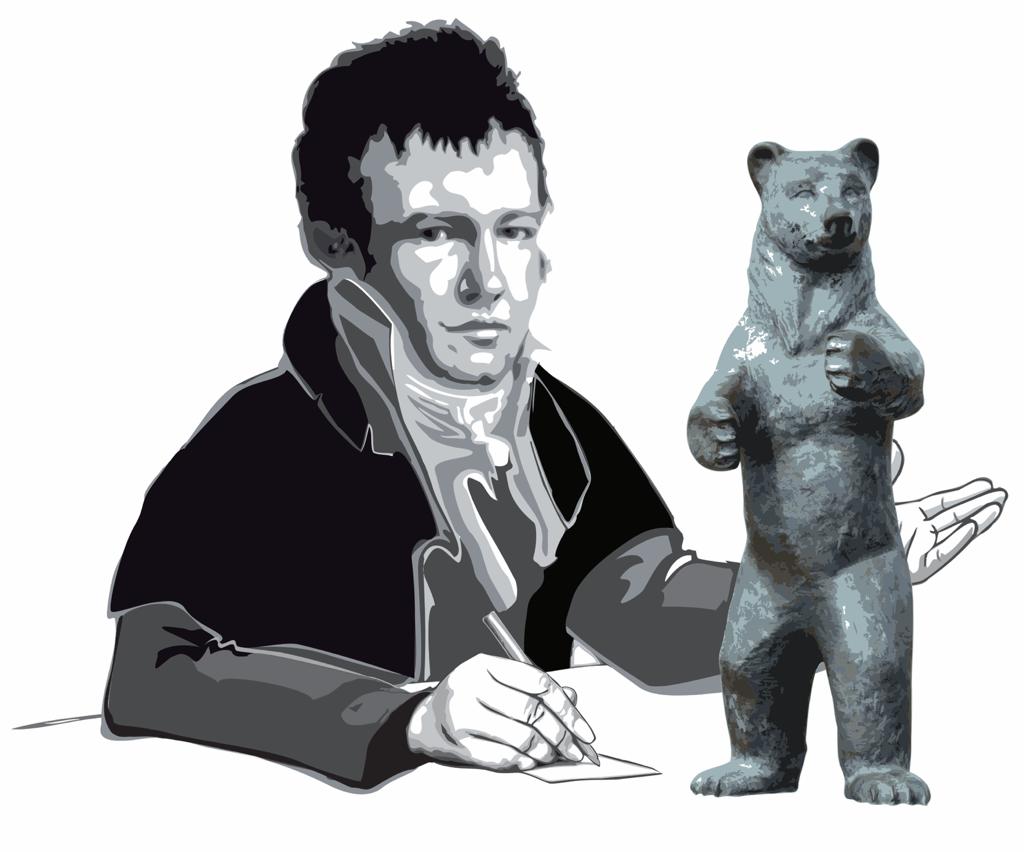Gauss-Telegraph: Travel during Corona – Berlin
by Andrés Muñoz

Campaign against discrimination (Berlin, June 2019)
Not far away from Braunschweig lies the Federal Capital, Berlin. The city is one of our classic destinations for our semester program. Unfortunately, our excursion to Berlin couldn’t take place in the summer and the prospects for the winter semester don’t look that good either. Nevertheless, I still had the chance to visit Berlin a couple of times this summer. As a cultural hub, Berlin always has something new to explore every time you go back. Over the last years, I had the chance to take a look at different museums during our excursions. However, I will only describe the highlights in the next paragraphs.

Team meeting on the train to Berlin (Summer semester 2019)
Besides having tons of fun with other international students, we also organize this excursion for educational purposes. Two of the topics we often want to convey are the Third German Empire and the History of the German Democratic Republic (also known as East Germany). The best experience in my opinion was during the guided tours by Berliner Unterwelten e.V. Countless bunkers and air-raid shelters were created in Berlin during the Second World War. This association explores and documents the historical context of the Berlin underworld. Thanks to their work, it is now possible to visit some bunkers and shelters. By doing this, you can sense how uncomfortable it must have been to stay there for days with a lot of people, no fresh air, no sunlight and the fear of dying. There are different public guided tours as well which focus on the bomb war and the air-raid protection. The museum of Topography of Terror is also a good location to learn about the Nazi regime, from the propaganda campaign in the early 1930s to their regime of terror. The museum is situated on the former location of the SS Reich Main Security Office (headquarters of the Sicherheitspolizei, SD and Gestapo). The original building was mostly destroyed.

Berlin Wall Memorial on Bernauer Straße (Winter semester 2019)
After the Second World War, the separation of Berlin and the construction of the wall marked the beginning of a tough time for the citizens in Berlin. Even though Germany has been reunified for 30 years, you can still feel the differences between the East and the West. There are many museums that display daily life during the GDR. The most interesting one might be the DDR Museum near the Museum Island. This museum gives you a more interacting experience in topics like politics, education, vacations or consumerism. It also gives you the chance to drive on a Trabant simulator, a classic car produced in the GDR (disinfectant is available at the museum, however it doesn’t hurt to bring your own if you want to put your hands on all the exhibits). Other interesting sites regarding the GDR are the Memorial of Berlin-Hohenschönhausen and the Stasi Museum. The former is a prison complex which explains to you the physical and psychological torture methods use by the Stasi on its inmates. The latter museum exhibits the political system and oppression during the Cold War.

Holocaust Memorial (Summer semester 2019)
If you decide to take a break from learning the History of Germany, then I would recommend visiting the Hamburger Bahnhof, a former train station which now houses the Museum für Gegenwart. The museum displays different collections of contemporary art. Otherwise, Berlin is a big city and there are many places where you can go for a walk such as Tempelhofer Feld, Tiergarten, East Side Gallery or the Berlin Wall Memorial on Bernauer Straße, Treptower Park among others.
Berlin is usually filled with tourists and there are long queues to enter the DDR Museum or other popular museums. However, a silver-lining of the pandemic is that you can even go to any museum spontaneously and won’t need to wait. It was even possible to enter directly to the Reichstag building without prior reservation.
I’m looking forward to the next excursion to Berlin with Gauss Friends.
Next stop: Bratislava!
Note: At the moment of travel, this region/country was not on the list of risk areas according to the Robert-Koch-Institute .



You must be logged in to post a comment.